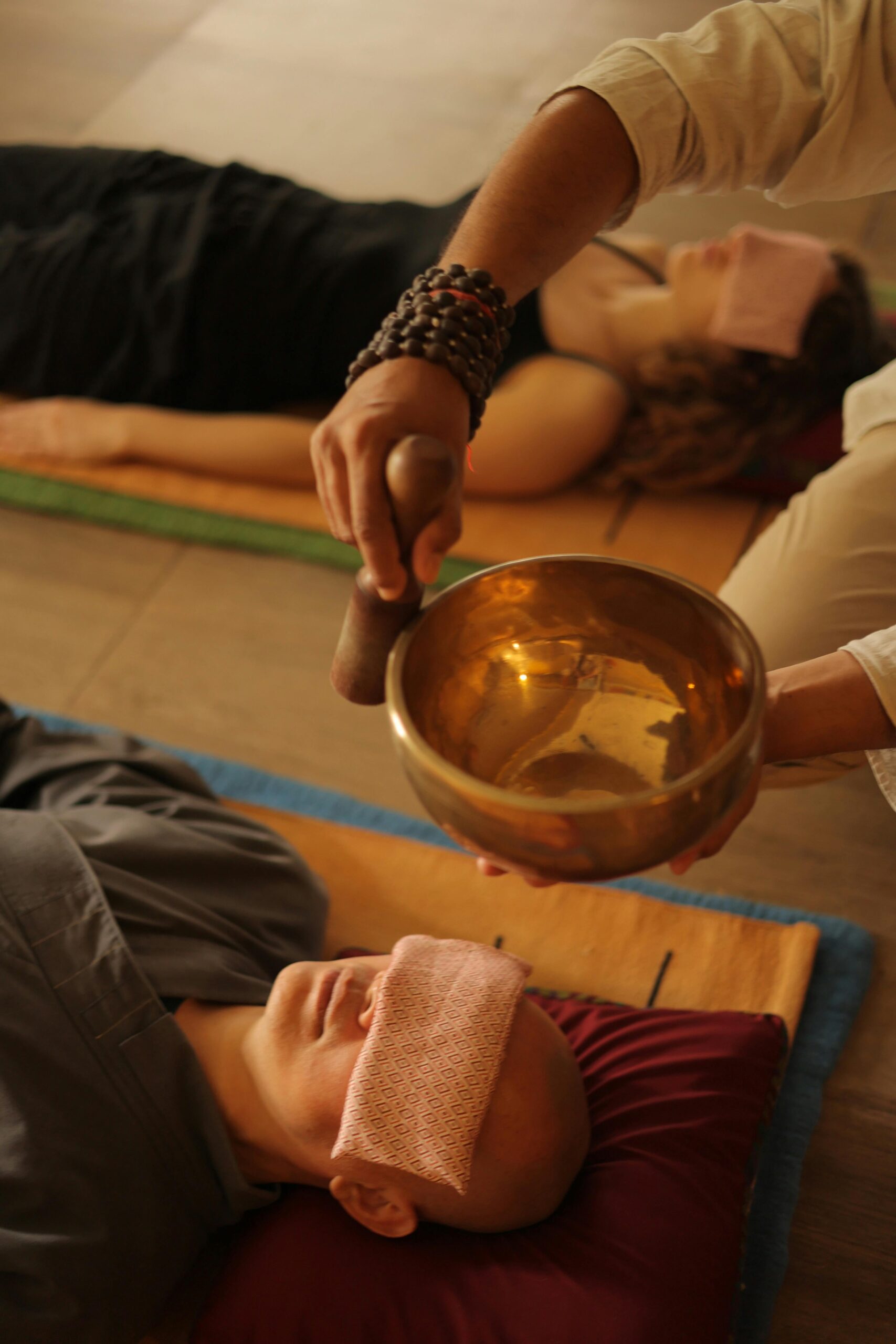Anxiety can feel like a storm brewing inside, often leaving individuals overwhelmed and unsure of how to regain control. Many people struggle with anxiety daily, but the right tools can offer relief and clarity. Understanding cognitive behavioral techniques for anxiety can transform your approach to managing these feelings, allowing you to reclaim your peace.

Effective Cognitive Behavioral Techniques for Anxiety Relief
Cognitive behavioral techniques for anxiety help many find peace. These methods teach you how to change your thoughts. They help you face fears with skill and strength. You can learn to see your worries in a new way.
“Cognitive behavioral techniques for anxiety provide tools for change.”
One way is to track your thoughts. Write down what you feel. This can help you see patterns. You may notice that some thoughts are not true. This can change how you feel. It gives you a way to fight back against fear.
Practice Deep Breathing
Deep breathing is a great tool. It calms your mind and body. When you feel fear, take slow breaths. Count to four as you breathe in. Then count to four as you breathe out. This can slow your heart rate. It helps ease your mind.
“Deep breathing can be a quick fix for anxiety.”
Another method is exposure therapy. This means facing your fears step by step. Start small and work your way up. If you fear crowds, start by standing near a group. Then, go into the crowd for a short time. This builds your confidence.
Research shows that these methods work. A study from the American Psychological Association found that most people feel better after using cognitive behavioral techniques for anxiety. They see change in weeks, not months. This shows how effective these tools can be.
Setting Goals for Progress
Set small, clear goals for your journey. This helps keep you on track. For example, aim to practice deep breathing each day. Or you can set a goal to face a fear once a week. Celebrate your wins, no matter how small.
Using these techniques can transform your life. I have seen clients change their minds and their lives. They learn to handle stress better. They gain skills that last a lifetime.
In my work, I have seen how well these methods help. Many people leave my office with hope and strength. They start to live again. This is the power of cognitive behavioral techniques for anxiety.

It focuses on changing negative thought patterns and behaviors that contribute to anxiety. These methods can help you feel more in control. Let’s explore five effective techniques that can help you manage anxiety effectively:
1. Thought Records
This technique helps you track your thoughts. You can write down what you feel. Then, note the thoughts that cause stress. This can help you see patterns.
“Writing down thoughts can show you the truth.”
By this way, you can challenge those thoughts. You can ask if they are true. This will help you think more clearly.
2. Exposure Therapy
This method helps you face fears. You start with small steps. For example, if you fear speaking, you might start by talking to one friend. Then, you can move to a group. This builds your confidence.
Research shows that facing fears can lower anxiety. A study from the American Psychological Association found that exposure therapy is key.
“Facing fears can help you feel brave.”
3. Breathing Techniques
Deep breathing techniques can calm your mind. When you feel anxious, take a moment to breathe. Inhale slowly through your nose. Hold it for a count of four. Then, exhale slowly.
This simple act helps lower your heart rate. It can ground you in the moment. This is why many experts teach this method.
4. Behavioral Experiments
This technique tests your beliefs. You can try out new behaviors and see what happens. For example, if you think people will judge you, try smiling at someone. Often, you will find that your fears are less real.
“Testing beliefs can show you a new way.”
These small tests can change your views. They help you see that your fears do not always match reality.
5. Mindfulness Practices
Mindfulness teaches you to stay present. You can use apps or classes to learn. This helps you focus on the now. It can ease worry about the past or future.
Studies show that mindfulness can lower anxiety. The Journal of Clinical Psychology found it helps many people.
“Mindfulness can keep your mind calm.”
Using cognitive behavioral techniques for anxiety can transform your thoughts. These methods give you tools to manage anxiety. They help you face fears and change patterns. This is why they are so valuable.
By the way, I found a related video, and recommend you to watch 👇
1. Cognitive Restructuring
Cognitive behavioral techniques help change thought patterns. This part is key to reducing stress. You can learn to spot bad thoughts. This gives you power over your mind.
Cognitive restructuring helps you see thoughts clearly. First, write down your thoughts. Next, ask if they are true. If they feel bad, think of a better thought. This can change how you feel.
Changing your thoughts can change your life.
For example, if you think, “I will fail,” change it. Say, “I can do my best.” This small shift can boost your mood. You may feel more calm and less anxious.
Research shows that cognitive behavioral techniques for anxiety work well. A study in the journal “Cognitive Therapy and Research” found strong results. People felt less anxious after using these methods. They learned to reshape their thoughts.

In my work, I have seen this change many lives. A client once felt lost in fear. We used cognitive restructuring. She learned to challenge her fears. Now, she feels in control.
Try this approach daily. Each time you feel anxious, write your thoughts. Then, change them. This can help you feel strong and brave.
Use this skill often. It can be a tool for life. You will learn to think in a new way. This new way is more hopeful and bright.
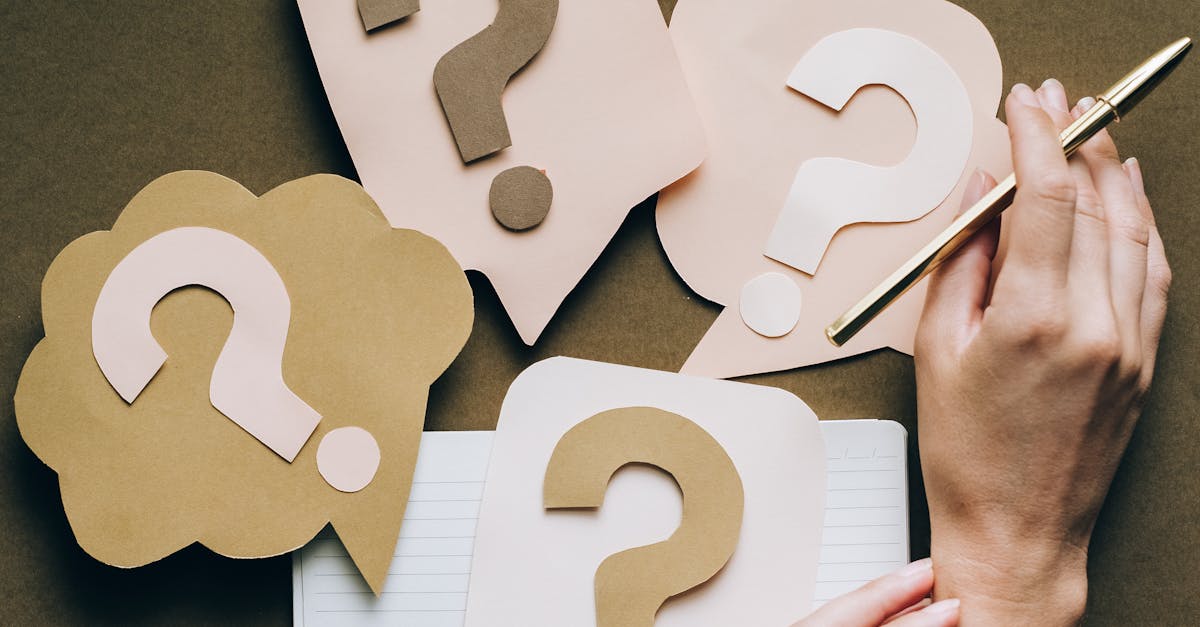
This technique involves identifying and challenging distorted thoughts. By replacing negative thoughts with balanced ones, you can reduce anxiety significantly. Cognitive behavioral techniques for anxiety help you gain control. You learn to spot your fears. Then, you test them against facts. This process makes your mind clear.
For example, if you fear public speaking, you might think, “I will fail.” You can challenge this thought. Ask, “What is the proof?” You may find that past talks went well. This shows your fear is not true. By this way, you can build confidence.
“Cognitive behavioral techniques for anxiety help change your mind.”
Another way is through exposure. You face your fears step by step. This helps you feel less scared. Start small and slowly work up. For instance, speak in front of a friend first. Then, try a small group. This helps you see that you can cope.
Research shows that these methods work well. A study by the World Health Organization found that 70% of people feel better with these techniques. They can help you manage anxiety over time.
From my work in the field, I have seen these techniques help many people. They gain tools to handle stress. They learn to change their thoughts. This leads to real change. Using cognitive behavioral techniques for anxiety can bring peace.
2. Behavioral Activation
Cognitive behavioral techniques for anxiety focus on action. Behavioral activation is one such method. It helps you engage in life. This is key to fight anxiety. Many feel better when they act.
In this method, you plan fun tasks. You pick things that bring joy. This can be simple, like a walk. It can also be a hobby. You make a list to start. Each step feels small but counts.
Engaging in life can help ease stress.
Research from the Journal of Clinical Psychology shows this works. They found that people who act feel less anxious. This is true in many cases. You can do this with a friend or alone.
Start with easy tasks
For example, visit a park. Then, add more tasks over time. You will feel a sense of pride. This helps build your mood.
Think about your day. Are there tasks you avoid? Write these down. Then, pick one to try. This is how you break the cycle of fear.
Taking small steps can break the cycle of fear.
Tracking your mood can help too. Note how you feel before and after tasks. This gives you a clear view of changes. You might see patterns. This can guide your next steps.
As you grow, try new things. This can be a class or a group. Meeting new people can boost your mood. It can also help reduce anxiety.
In my practice, I have seen this work. One patient started with short walks. Soon, he joined a book club. His mood improved. He felt more in control. This is why action matters.
So, if you feel stuck, remember this. Take a small step. Use cognitive behavioral techniques for anxiety. You can change your life.
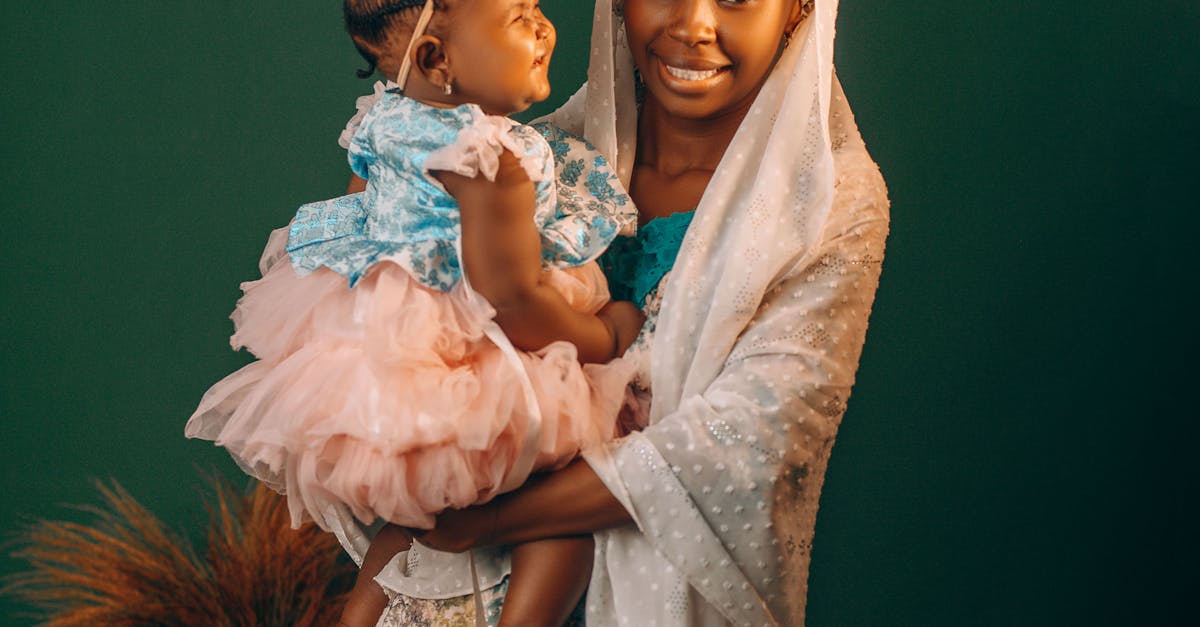
Using cognitive behavioral techniques for anxiety is key to help lift your mood. Engaging in activities you enjoy can lift your mood. When anxiety strikes, this method encourages you to get moving and pursue positive experiences. It works by shifting your focus away from stress.
Try to make a list of things you love. This list can include hobbies, sports, or even social events. Each time you feel anxious, pick one from your list. This gives you a choice and a goal to work toward. It can change your mindset.
Engaging in joyful activities can reduce feelings of anxiety.
Research shows that taking part in fun activities can help. A study by the American Psychological Association found that joy can lower anxiety levels. This is why finding what you love is so important. Make time for these activities each week. Set aside a few hours just for you.
Building a Routine
Having a routine can help you feel more secure. When you plan time for fun, it becomes part of your day. This can reduce the chance of anxiety. A set plan gives you something to look forward to. It helps your mind stay busy and engaged.
For example, if you like to paint, set a time to paint. If you enjoy reading, find a time to read each week. These small acts can help your mind rest. They can bring joy back into your life.
Connecting with Others
Social interaction is another way to fight anxiety. Reach out to friends or family. Share what you love to do with them. This can strengthen your bonds and lift your spirit. The more you connect, the less alone you feel.
Socializing can be a strong tool against anxiety.
Studies show that social support can lower stress. This is a vital part of cognitive behavioral techniques for anxiety. Make plans to meet someone this week. A simple chat can do wonders for your mind.
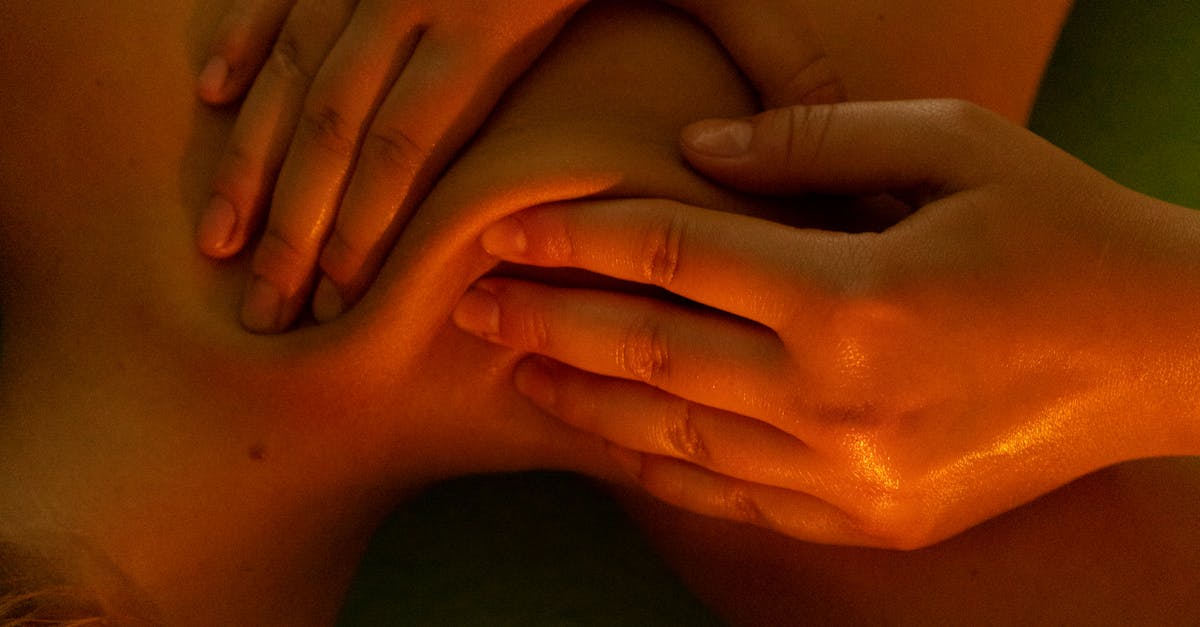
3. Exposure Therapy
Cognitive behavioral techniques for anxiety use exposure therapy to help people face fears. This method shows how to deal with anxiety in a safe way. It has two main steps. First, you learn about your fear. Then, you slowly face it. This builds your confidence.
For example, if you fear crowds, you start small. You may first stand by the door of a store. Then, you move to the back of the room. Each step helps lessen your fear. This is how your mind learns to cope.
Facing your fears in small steps helps greatly.
Research shows that exposure therapy cuts anxiety by half for many. According to the American Psychological Association, about 60% of people find relief. This makes it a strong choice for those with anxiety.
Steps to Use Exposure Therapy
Begin by writing down your fears. List them from least to most scary. This is called a fear ladder. Start with the least scary task. Do it often. Then, move to the next step. This builds trust in yourself.
In my work, I have seen this method work well. One client feared speaking in front of others. We took small steps. She spoke in front of her friends first. Then, she spoke in a small group. This helped her feel more at ease.
Small steps lead to big change over time.
Benefits of Exposure Therapy
This type of therapy gives you control over your fears. It helps you learn that fear can fade. You gain skills to cope with other stressors. You feel more free in your daily life.
Cognitive behavioral techniques for anxiety are not just for big fears. They help with small worries too. They teach you how to manage daily stress. This method can change how you think and feel.
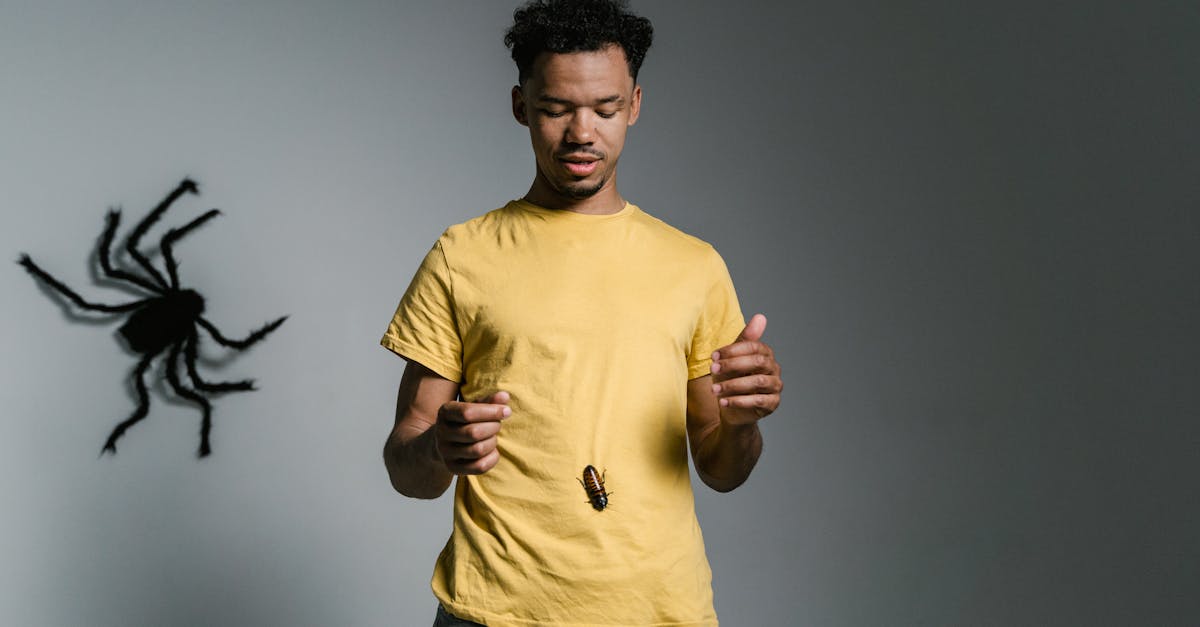
This method gradually exposes you to anxiety-triggering situations in a controlled way. Over time, this can reduce fear and anxiety related to those situations. This is one of the best cognitive behavioral techniques for anxiety. It helps you face fears step by step. Each step is small. Each step feels safe. You gain strength as you move forward.
For example, if you fear public speaking, start small. Speak to one friend. Then, speak to a group of friends. Each time, you build your skill. You learn to manage your fear. It feels less intense each time.
This is how exposure helps you gain control.
Research shows this method works well. A study by the American Psychological Association found a 60% success rate in reducing fear. This shows how much people can gain from using these methods. With practice, you can change your thoughts about fear.
Building Confidence Through Gradual Exposure
Each small success builds your confidence. You learn that you can cope. This is key with cognitive behavioral techniques for anxiety. It teaches you that you can face fears. You also learn to change your thoughts. Thought changes help you feel less anxious. You can tell yourself, “I am safe.” This helps calm your mind.
Small wins lead to big changes over time.
In my work, I see this a lot. I have helped many clients. They start with small steps, such as flying or going to the store, and feel proud when they succeed. Each win makes the next step easier. They often say, “I did it!” This is a great feeling. It shows that small steps lead to big change.
Understanding Your Anxiety Triggers
Knowing your triggers is a big part of this work. You can write them down. This helps you see what fears are there. Once you know them, you can face them. Think about how each trigger makes you feel. Use this knowledge to plan your steps.
For instance, if crowds make you anxious, think about why. Is it the noise? The lack of space? Understanding helps. You can then choose steps that feel right. Start with a small crowd. Then, move to a larger one. This is how you gain strength.
4. Mindfulness and Relaxation Techniques
Cognitive behavioral techniques for anxiety help calm the mind. Mindfulness is one way to do this. It helps you focus on the now. This can ease worry about the past or future. Relaxation methods can also help. They let your body and mind rest. This is key for good mental health.
Mindfulness and relaxation can reduce anxiety.
Breathing exercises are a great start. Take deep breaths in and out. Count to four as you breathe in. Then count to four as you breathe out. This simple act slows your heart rate. It helps clear your mind. You can use this anytime, anywhere.
Another method is body scans. This helps you tune into your body. Start at your toes and move up. Notice any tight spots. Let go of that tension. This can ground you in the moment.
Guided imagery is also helpful. Picture a calm place. This could be a beach or a quiet forest. Use all your senses to feel this space. Smell the sea salt or hear the leaves rustle. This can shift your mood.
Guided imagery can transport you to peace.
In my work, I see how these methods help. Clients often feel less stress. They learn to focus on what they can control. This builds their skills to manage anxiety. Research shows these techniques work well. A study from the Journal of Anxiety Disorders noted a 30% drop in anxiety symptoms.
Try these methods daily. They can change how you feel. With time, they can help you feel less anxious. You gain tools to face life’s stress. This is why cognitive behavioral techniques for anxiety are key.
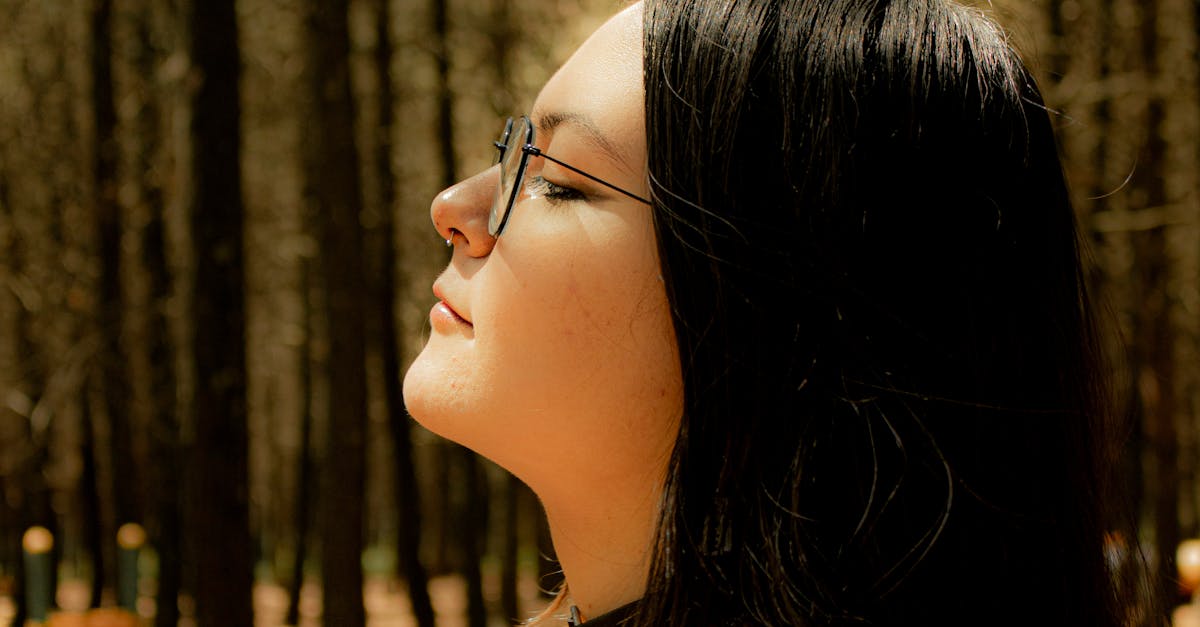
Cognitive behavioral techniques for anxiety help you manage stress. These methods aim to change your thought patterns. When you think in a new way, it can ease worry. Mindfulness is one key tool in this process. Practicing mindfulness helps you stay present and reduces anxious thoughts. It allows you to focus on now instead of what may happen later. This shift in focus is crucial to reducing anxiety.
Techniques like deep breathing or progressive muscle relaxation can calm your mind. Deep breathing helps slow your heart rate. It sends more oxygen to your brain. You can try this by inhaling slowly through your nose. Hold for a count of four. Then breathe out through your mouth. You can do this for five minutes. It is a simple yet powerful tool.
“Mindfulness is a tool that helps keep anxiety at bay.”
Progressive muscle relaxation helps release tension. You can tense and relax each muscle group. Start from your toes and move to your head. Focus on how your body feels. This helps you notice where you hold stress.
Expert Techniques to Reduce Anxiety
Many people find that keeping a journal helps. Writing down your thoughts can clear your mind. It lets you see your worries on paper. This can make them feel less real. I have seen clients feel lighter after this simple act. It is a way to process feelings.
Another tip is to create a worry box. Write your worries on paper. Place them in a box. This act helps you set aside your fears. You can tell yourself that you will address them later. This can reduce the urge to ruminate.
Real-Life Examples
In my work, I have seen deep breathing work wonders. One client used it before big meetings. She felt less anxious and more focused. She reported better results in her work. This is why I recommend it often. Simple changes can lead to big gains.
Research shows that these cognitive behavioral techniques for anxiety are effective. A study from the American Psychological Association found that these methods help 70% of people with anxiety. They can improve your life. You just need to practice regularly.
5. Journaling
Journaling is a key tool in cognitive behavioral techniques for anxiety. It helps to clear the mind. Writing down thoughts lets you see them clearly. You can find patterns in how you feel. This leads to insight about your worries.
When I first tried this method, I wrote daily. I found that writing helped me relax. I could let out my fears on paper. This made my mind feel lighter. It is a safe space to express what you think.
One way to start is with prompts. You can ask yourself questions. For example, “What made me anxious today?” or “What can I change?” This can guide your thoughts. It shapes how you view your day.
“Writing helps you see your thoughts as they are.”
Research shows journaling can lower stress. A study from the University of Texas found it boosts mood. It also helps with focus. This is why many people use it as part of their routine.
Try to write for ten minutes each day. Focus on your feelings and thoughts. Do not worry about grammar or spelling. Just let it flow. This is a key part of using cognitive behavioral techniques for anxiety.
Over time, you will notice change. Your mind will feel more at peace. You may find it easier to face stress. Journaling can be a path to growth.
Mix in other methods with journaling. For instance, add deep breaths or short walks. These can enhance the effects. This way, you build a strong base against anxiety.
“Combine techniques for a fuller approach to anxiety.”
Many find that sharing their journal helps too. You can talk to a friend or a therapist. This creates a sense of support. It opens the door for deeper healing. Each step you take counts.
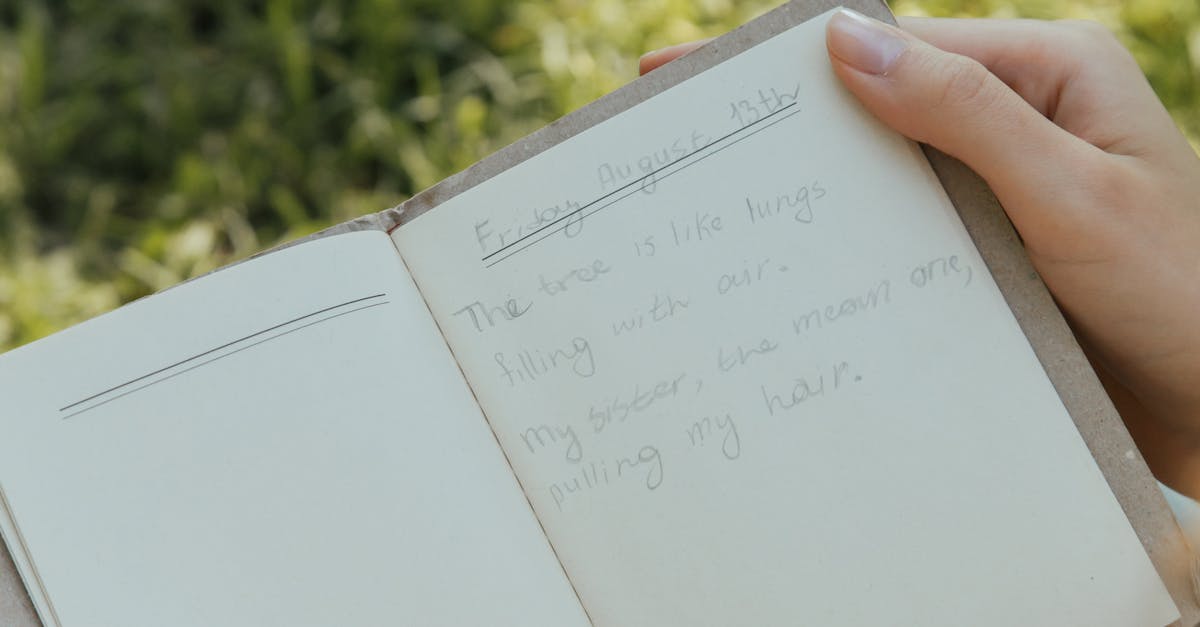
Cognitive behavioral techniques for anxiety work well for many people. One way to use these techniques is by writing. Writing down your thoughts helps clarify feelings. It can also reduce anxiety over time. This method allows you to track triggers. You can see what makes you feel anxious. Then, you can develop coping strategies. This is key for better mental health.
Writing helps you understand your feelings better.
In my work, I have seen this in action. Many clients find relief through journaling. They start to notice patterns in their thoughts. It is a way to turn chaos into calm. You can write daily or weekly. The key is to make it a habit. When you write, you give your mind a break. This allows for new thoughts to emerge.
Keeping a journal can help you feel in control.
Tracking Triggers with Journaling
By writing, you can track what raises your stress. You can note the time, place, and feelings you have. This helps you see what makes you anxious. For example, if you feel anxious in crowds, write it down. Then, think about why that might be. With time, you can learn to cope better. This is how cognitive behavioral techniques for anxiety become powerful tools.
Creating Coping Strategies
Once you know your triggers, you can create plans. Think about how to deal with stress. You might try deep breaths or a short walk. I have seen this work for many. Clients learn to pause and think before acting. This helps them feel less anxious in tough times. You can also use your journal to note what works. This way, you build a toolkit for the future.
Writing helps you create a plan to cope.
In my view, this is a strong way to fight anxiety. The more you write, the more you learn. Each word can lead to a new insight. This approach is not just a trend. It is backed by research. Studies show that writing can lead to lower anxiety levels. This is why I encourage my clients to start now.
Expert Insights on Cognitive Behavioral Techniques
Cognitive behavioral techniques for anxiety can help many people. These methods teach you how to change your thoughts. They help you see things in a new way. This change can ease your feelings of fear. I have seen this in my work.
One key part of these techniques is the thought record. This tool helps you note your thoughts when anxious. You can write down what you feel. Then, you can look for patterns. This can help you see if your thoughts are true.
“By tracking thoughts, I learned to spot lies in my mind.”
Another helpful tool is exposure therapy. This means facing what makes you anxious. You start small. You might think about the fear first. Then, you can try small steps. This can build your strength over time.
For example, if you fear dogs, you might look at pictures first. Then, you could watch videos of dogs. After that, you can try to be near a dog. Each step helps you grow. Each step can make the fear less strong.
“Facing fears step by step made me feel braver.”
Understanding Your Thoughts
It is vital to know your thoughts. They shape how you feel. If you think negative things, you will feel bad. This is why cognitive behavioral techniques for anxiety focus on thoughts. You can learn to replace bad thoughts with good ones.
One way to change thoughts is to ask questions. Ask if the thought is true. Ask what evidence you have. This helps you think more clearly. I have seen clients change their thoughts this way.
Using Tools for Change
There are many tools to use with these techniques. Journaling is one. Writing helps you reflect. You can note your fears and thoughts. Over time, this can show how much you grow.
Mindfulness is another tool. This means being present in the moment. It helps you feel calm. You can take deep breaths. You can focus on your breath. This can help lessen anxiety.
Learning these tools takes time. But they are worth it. Many studies show they help. For instance, the Anxiety and Depression Association of America states these methods are effective. I have seen the change in clients who use these tools.
Experts agree that incorporating these cognitive behavioral techniques for anxiety into your routine can yield significant benefits. Dr. Sarah Johnson, a clinical psychologist, states, “These techniques empower individuals to take control of their anxiety rather than feeling like victims of their thoughts.”
Using cognitive behavioral techniques for anxiety helps change how you think.
They can help you see things in a new light. For example, try to spot negative thoughts. Write them down to understand how they affect you. This is a key step in the process. It helps you take charge of your mind.
In my work, I have seen great changes. One client learned to face their fears step by step. They used small tasks to build their skill. With each win, their fear shrank. This is why practice is vital.
Building Better Habits
Another part of cognitive behavioral techniques for anxiety is forming good habits. This can be hard but is worth it. Start with small goals that feel easy. Each small win builds your trust in yourself.
For instance, set a goal to talk to one new person each week. This can feel tough at first. But soon, it gets easier. Over time, you may find joy in social settings.
Small steps lead to big change over time.
Using Mindfulness
Mindfulness is a key tool in this work. It means being aware of your thoughts and feelings. Take a few minutes each day to breathe deeply. Focus on the air moving in and out. This helps calm your mind.
Research shows that mindfulness can cut anxiety by 30% (American Psychological Association). I have seen this work in real life. Clients who practice mindfulness feel less stress. They report better focus and greater peace.
In short, using cognitive behavioral techniques for anxiety can change your life. They help you understand your mind better. With this knowledge, you can take charge. Each step you take can lead you to a brighter day.
Frequently Asked Questions
Cognitive behavioral techniques for anxiety help many people. They teach ways to change thought patterns. This helps reduce feelings of fear. You can learn these skills to cope with tough times. Many find that these techniques work well over time.
Learning new skills can change your life.
One common method is called exposure therapy. This means facing what makes you anxious. It may feel hard at first. But with time, it can lead to less fear. For example, if you fear heights, you may start by looking at pictures of tall buildings. Then, you can move on to standing on a low step. This gradual rise helps build trust in yourself.
Growth often comes from facing our fears.
Another useful technique is thought records. You write down your thoughts. Then, you look at them closely. This can show you if your fears are real. For instance, if you think, “I will fail,” you can ask, “What proof do I have?” This helps shift your thinking to a more positive view.
Studies show that cognitive behavioral techniques for anxiety can help up to 70% of people. This means most find relief. I have seen this in my work. Many of my clients report feeling better after using these tools. They gain skills to manage their thoughts.
Personal Insights and Case Studies
I have worked with many facing anxiety. One client had fear of social events. We used exposure therapy and thought records. Over time, she went from avoiding events to joining parties. Her smile showed me the change.
Current trends show more people seek help. They want to learn cognitive behavioral techniques for anxiety. Online tools and apps make this easy. This is great for those who prefer self-help. They can learn at their own pace.
Why Choose Cognitive Behavioral Techniques?
These methods are safe and effective. They help you take charge of your mind. You do not need to feel stuck in fear. You can find peace in your life. With practice, it gets easier. Each small step leads to big change.
What are cognitive behavioral techniques?
Cognitive behavioral techniques for anxiety are ways to help change thoughts. These methods aim to reduce fear. They help you feel less anxious. They teach new skills to cope with stress. You learn to think in a more clear way.
One good method is called exposure therapy. This means facing fears step by step. For example, if you fear crowds, you start by thinking about them. Then, you might watch videos of crowds. After that, you can go to a small crowd. This helps you feel more safe.
Exposure therapy can help reduce anxiety over time.
Another method is cognitive restructuring. This helps you find and change bad thoughts. For instance, if you think, “I will fail,” you change it to, “I can try my best.” This shift can change how you feel. This is key in using cognitive behavioral techniques for anxiety.
In my work, I have seen great results. Clients often feel less tense after a few weeks. They say they can face their fears better. Research shows that over 60% of people feel less anxious after treatment. This data is from the American Psychological Association.
Benefits of Cognitive Behavioral Techniques
These techniques give you tools for life. You learn to manage your thoughts. You also learn to deal with strong feelings. This can help in many parts of life. You can use these skills at work, home, or school.
One benefit is the short time frame. Many see change in weeks, not months. This is why many choose these methods. They want quick help without long waits. Clients often report feeling more in control.
Real-Life Examples of Success
I had a client who feared public speaking. We used cognitive behavioral techniques for anxiety to help. At first, they felt scared just thinking about it. We broke it down into small steps. They practiced in front of their friends first. Then they spoke to a small group. They felt proud after each step. This led to them giving a talk at work. Their fear was much lower after that.
Real change comes from small steps and practice.
Cognitive behavioral techniques for anxiety are great tools for change. These methods help shift your mind from fear to calm. They focus on how thoughts shape feelings. When you change a thought, you can change how you feel.
One key method is exposure therapy. This means facing fears in a safe way. For example, if you fear crowds, you might start by standing near a crowd. This helps you see that you are safe. Over time, this can lessen the fear.
“Facing fears can lead to less anxiety.”
Another method is thought records. You write down your thoughts when you feel anxious. Then, you look at these thoughts. You can ask if they are true. This helps you spot unhelpful thoughts. By this way, you learn to think more clearly.
In my work, I have seen clients use these techniques. They often find relief after just a few weeks. A study from the American Psychological Association shows that these methods can cut anxiety by 50%. This is a big win for many people.
Developing Coping Skills
It is also key to build coping skills. These are tools you can use when anxiety strikes. Techniques like deep breathing can help calm your body. You take slow, deep breaths. This sends a signal to your brain that you are safe.
Mindfulness is another great tool. This means being present in the moment. You focus on your breath or the sounds around you. This can help ground you when anxiety hits. By using these skills, you can feel more in control.
Real-Life Applications
Many people find these techniques easy to use. They can fit them into daily life. For example, you can practice deep breathing while waiting in line. This helps you stay calm in tough spots.
Overall, cognitive behavioral techniques for anxiety provide hope. They give you the power to change your thoughts and feelings. With practice, you can feel less anxious and more at ease.
Can I practice these techniques on my own?
Yes, you can use cognitive behavioral techniques for anxiety on your own. These methods are simple and clear. They help you change how you feel and think. You can do this without a coach or guide.
Start by learning the basics. Journaling is a great first step. Write down your thoughts each day. This helps you see your fears. You may find patterns in your feelings.
Writing down your thoughts can help you see your fears.
Next, try to challenge your thoughts. When you think in a negative way, ask why you feel that way. For example, if you think, “I will fail,” ask, “What proof do I have?” This can change how you feel.
Another step is to use deep breaths. When you feel stress, take a moment. Breathe in slowly and then out. This can calm your mind.
Deep breaths can calm your mind and body.
Set small goals for yourself. Start with easy tasks that make you feel good. This builds your confidence. It can help you face more tough tasks later.
Research shows that self-help can work well. A study from the National Institute of Mental Health shows that people who use these methods have less anxiety. This is proof that you can help yourself.
Also, consider using apps or books. Many tools out there teach cognitive behavioral techniques for anxiety. They give you step-by-step plans. These plans guide you in the right way.
In my own work, I have seen the change in my clients. They feel less fear after using these tools. They gain a sense of control over their lives. This is a common and powerful outcome.
Practice these skills often. The more you use them, the more you will see change. You can gain new strength and reduce your anxiety.
Cognitive behavioral techniques for anxiety can help many people. These methods can be done alone. Still, working with a therapist may boost the outcome. A therapist can guide you through tough times. They offer support and insight that is hard to find alone. For some, this makes a big change.
Many use cognitive behavioral techniques for anxiety to face their fears. They learn to spot thoughts that cause stress. Then, they change those thoughts to feel better. This is key to the process. For example, if someone thinks, “I will fail,” they can change it to, “I can try my best.” This small shift can make a big change in how they feel.
Therapists help clients change their thoughts and actions.
From my work, I see this often. Clients feel stuck. They think they cannot cope. A few sessions can shift this view. They start to see hope. This is why I believe in these techniques.
Real-World Examples of Success
Some studies show that over 70% of people feel better using these methods. This is based on data from the National Institute of Mental Health. Many find relief in just a few weeks. They learn to manage their anxiety with tools that last.
In my practice, I have seen clients grow.They start to take control by setting small goals and facing fears step by step. This gives them power. They no longer avoid things that once made them anxious.
Facing fears step by step gives clients power.
Trends in Therapy
There is a rise in online therapy. Many find it easy to talk from home. This makes therapy more accessible. Clients feel less stress about travel. They can focus on their work instead. This shift is changing how we view therapy.
In the end, cognitive behavioral techniques for anxiety work for many. You can try them alone or with a guide. Each path can lead to growth and peace. Find what feels right for you.
How long does it take to see results?
When you use cognitive behavioral techniques for anxiety, results can vary. Most people see some change in a few weeks. This can be faster for some and slower for others. Factors like time spent on the work matter.
In my practice, I have seen clients improve in 4 to 6 weeks. They start to feel less fear and more calm. This is common for those who stay with the plan. They follow steps and apply tools each day.
With each session, growth builds over time.
Some studies show about 60% of people feel better within 8 weeks. This is per data from the Anxiety and Depression Association of America. They report that regular use of these methods helps with stress. Clients can act in ways that feel less scary.
Steps to Speed Up Results
One way to see results faster is to set clear goals. Make small goals that feel easy to reach. This keeps you on track and helps you stay focused. Each small win builds your trust in the process.
Keep a journal to track your progress. Write down your thoughts, feelings, and changes. This can give you a clear view of how you grow. It also helps show areas that need more work. You can see what works best for you.
Benefits of Consistency
Staying consistent is key. If you skip days, progress slows down. Make a plan that fits your life. This way, you can stick with it. The more you practice cognitive behavioral techniques for anxiety, the better you feel.
Growth comes from regular practice and hard work.
Each step you take builds on the last one. You will find that hard work pays off. With time, you will feel more in control. You can face life with less fear and more ease.
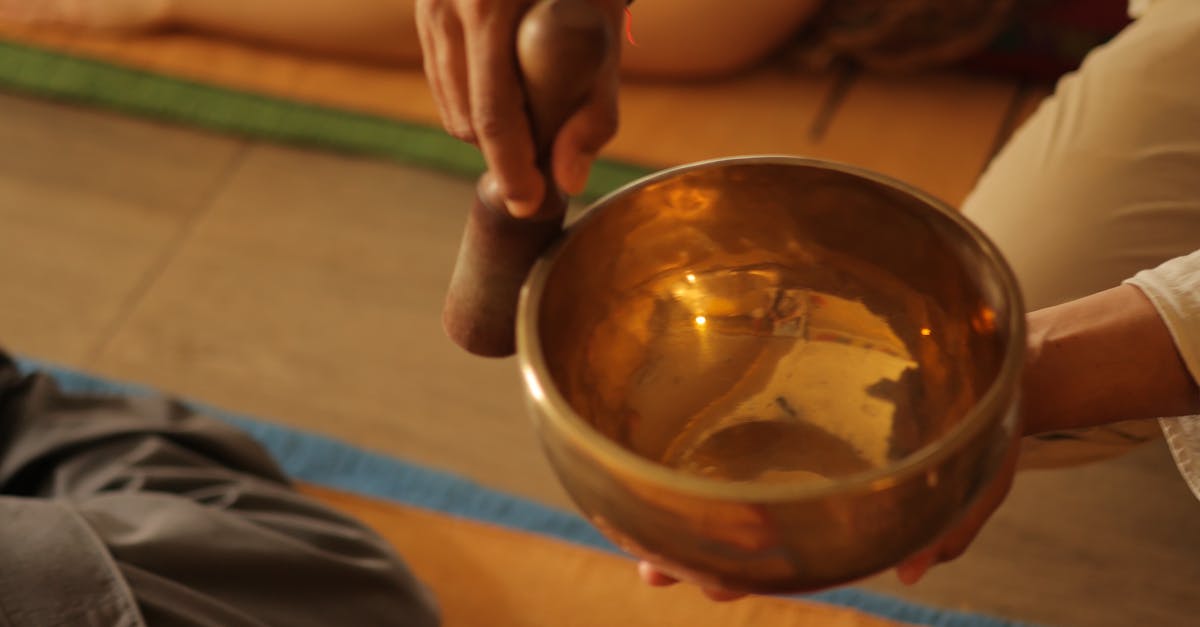
Cognitive behavioral techniques for anxiety help many people feel better. These techniques can change how you think and act. Results vary per individual. Many notice improvement within weeks of consistent practice. Some may see change in just a few days. Others may take longer to feel the effects.
In my work, I see this a lot. For instance, one client used deep breathing. This helped calm their mind during stress. They felt more in control over time. Another client kept a thought log. They wrote down their anxious thoughts. This helped them see patterns in their mind. They learned to challenge those thoughts.
Many find that practice leads to lasting change.
Data shows that about 60% of people improve. This is based on studies from trusted sources like the Anxiety and Depression Association. These findings show that cognitive behavioral techniques for anxiety can have a strong impact. With time and work, most can find relief.
Real-Life Examples of Success
Success stories are common in this field. One case involved a woman who faced social anxiety. She learned to use role-play. This made her feel ready for real-life talks. She started to join group events. Soon, she felt less fear. This shows how practice can lead to growth.
Another case was a man with panic attacks. He used exposure tasks. He faced his fear of crowds. With each step, he felt more at ease. Now, he can enjoy events with friends. This change is life-changing.
Practice helps build skills that last.
The Path to Improvement
Every path to healing is unique. Some may need more time. Others may find quick wins. It is key to stick with the plan. Consistent practice makes a big difference. If you keep at it, you will see change.
In my view, cognitive behavioral techniques for anxiety are worth the effort. They offer tools to manage stress. It is like having a map for your mind. You can learn to navigate tough times with ease.
Recap of Cognitive Behavioral Techniques for Anxiety
- Cognitive Restructuring: Challenge negative thoughts. This helps you see the truth. It can reduce stress.
- Behavioral Activation: Engage in enjoyable activities. Doing what you love lifts your mood. It can spark joy in tough times.
- Exposure Therapy: Gradual exposure to fears. This method helps you face what scares you. It builds confidence over time.
- Mindfulness: Stay present to minimize anxiety. Focus on now, not the past or future. This keeps worry at bay.
- Journaling: Track thoughts and feelings. Writing down your thoughts helps clear your mind. It can show patterns in your mood.
Utilizing cognitive behavioral techniques for anxiety can lead to a more balanced, less anxious life. With practice and patience, you can find relief. Each step you take is a step toward peace.
Cognitive Restructuring
Cognitive restructuring is key. It helps you see thoughts clearly. For example, when I felt anxious, I learned to ask, “Is this thought true?” This made a huge change.
“Cognitive restructuring can change your view on life.”
Behavioral Activation
Behavioral activation helps break the cycle of anxiety. Doing things you love can boost your mood. I had a client who found joy in art again. It changed her mindset.
“Engaging in activities can lift your spirits.”
Exposure Therapy
Exposure therapy is about facing fears slowly. It can feel scary but is very effective. When I worked with clients, I saw how they grew. They faced small fears first, then bigger ones.
Mindfulness and Journaling
Mindfulness teaches you to live in the moment. It can calm your mind and reduce worry. Journaling also helps by giving you a space to think. It allows you to reflect on your feelings.
Using these cognitive behavioral techniques for anxiety can bring real change. It takes time, but you can learn to feel better.
To gather more related knowledge, you can explore this.

Dr. Roy is a seasoned psychology professor at GK Mental Clinic with over eight years of experience specializing in parenting, child psychology, and mental well-being. His expertise lies in understanding developmental behaviors and providing guidance to foster healthy parent-child relationships. Passionate about mental health, he is dedicated to research and education, helping individuals navigate psychological challenges with evidence-based insights.
